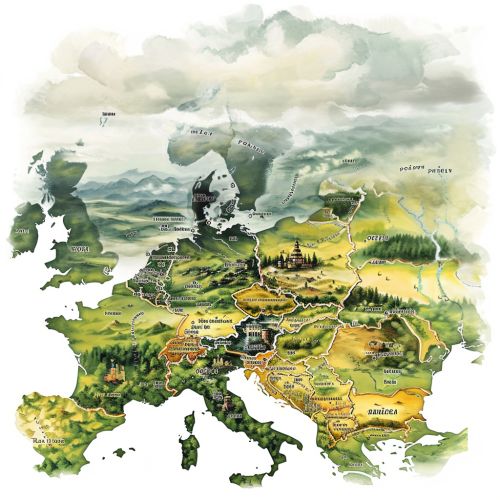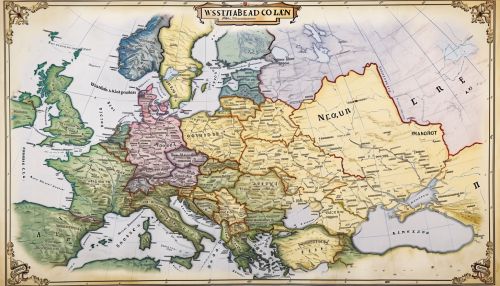West Slavic languages
Introduction
The West Slavic languages are a subdivision of the Slavic languages family. This group consists of languages predominantly spoken in Central Europe, including the nations of Poland, the Czech Republic, Slovakia, and parts of Eastern Germany. The West Slavic languages are further divided into three main branches: the Lechitic languages, the Czecho-Slovak languages, and the Sorbian languages.


Historical Development
The West Slavic languages evolved from the Proto-Slavic language, which was spoken by the Slavic people in the Early Middle Ages, around the 5th to 10th centuries AD. The Proto-Slavic language itself is believed to have developed from the Proto-Balto-Slavic language, a hypothetical ancestor of the Baltic languages and Slavic languages. The West Slavic languages began to diverge from each other during the Migration Period, around the 6th century AD, when the Slavic tribes migrated from their original homeland in Eastern Europe to various parts of Central and Southeastern Europe.
Classification
The West Slavic languages are classified into three main branches: Lechitic, Czecho-Slovak, and Sorbian.
Lechitic Languages
The Lechitic group includes Polish, Kashubian, and the extinct Polabian language. Polish is the most widely spoken of these, with over 40 million speakers worldwide.
Czecho-Slovak Languages
The Czecho-Slovak branch consists of Czech and Slovak. These languages are very closely related and mutually intelligible to a high degree.
Sorbian Languages
The Sorbian branch includes Upper Sorbian and Lower Sorbian, both of which are minority languages spoken in Eastern Germany.
Phonology
The phonological systems of the West Slavic languages are characterized by a number of distinctive features, including the presence of palatal consonants, a complex system of consonant clusters, and the use of pitch accent in some languages.
Grammar
West Slavic languages are highly inflected, with a rich system of grammatical cases, verb aspects, and tense forms. They also exhibit a high degree of syntactic flexibility, allowing for a variety of word order patterns.
Vocabulary
The vocabulary of the West Slavic languages is largely derived from the common Slavic lexical stock, with a significant number of borrowings from Latin, German, and other languages.
Writing Systems
The West Slavic languages use a version of the Latin alphabet, with the addition of diacritics to represent special phonetic features.
Current Status and Future Prospects
While some West Slavic languages, such as Polish and Czech, have a large number of speakers and are thriving, others, like the Sorbian languages, are endangered and face the threat of extinction.
